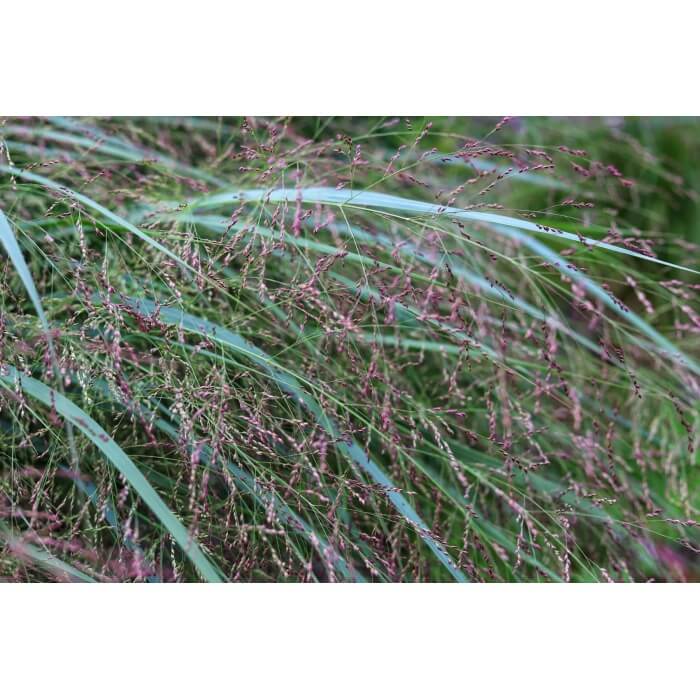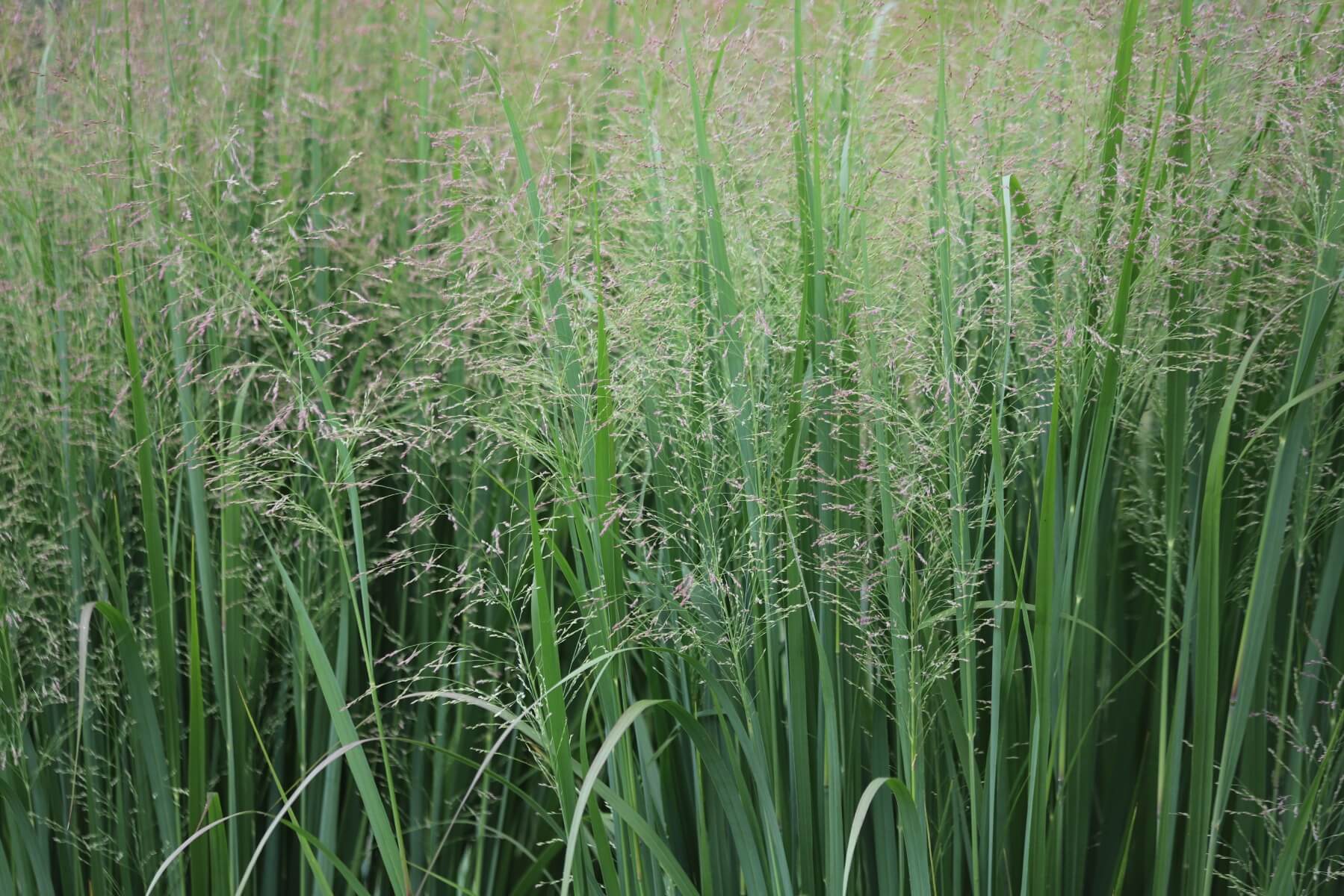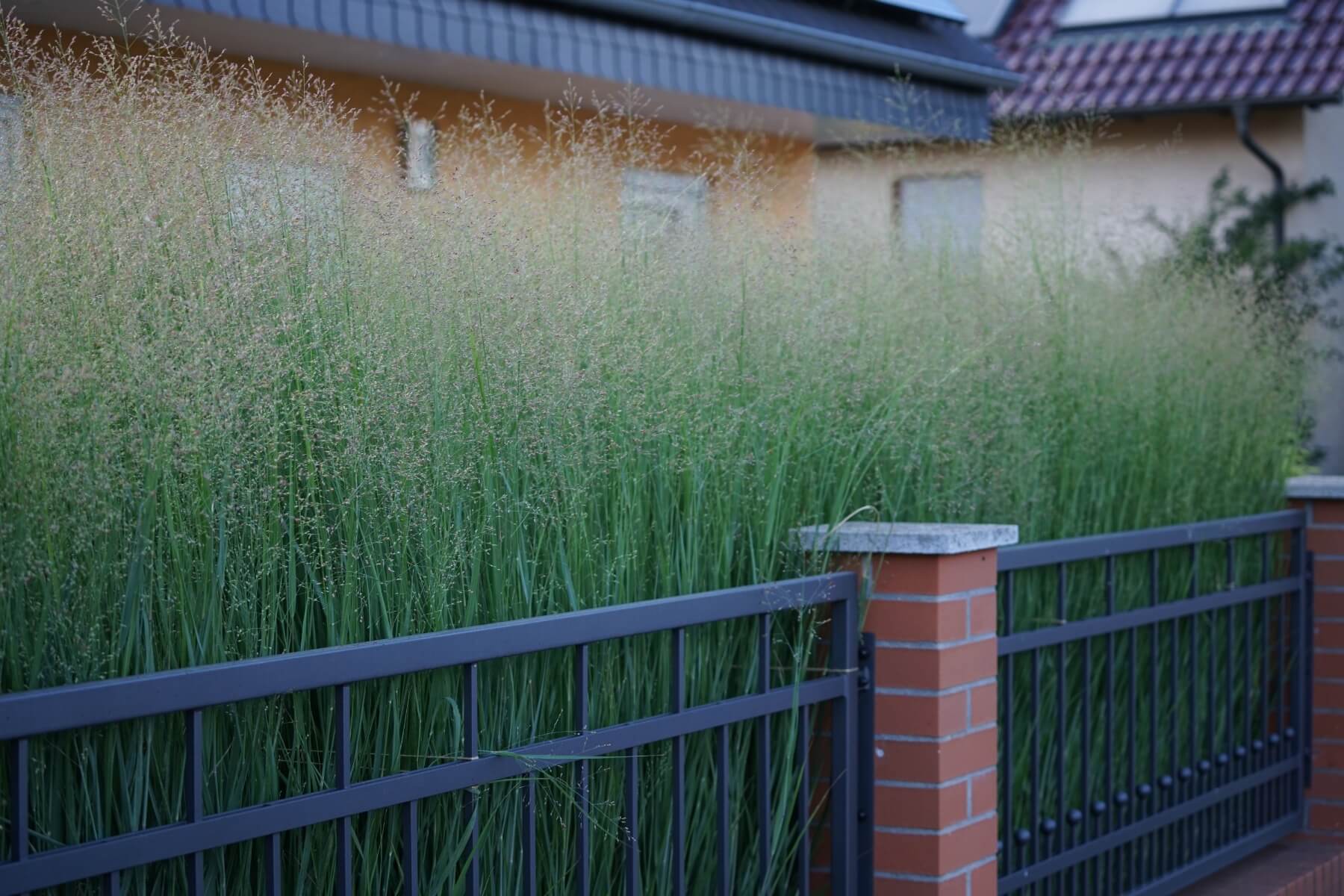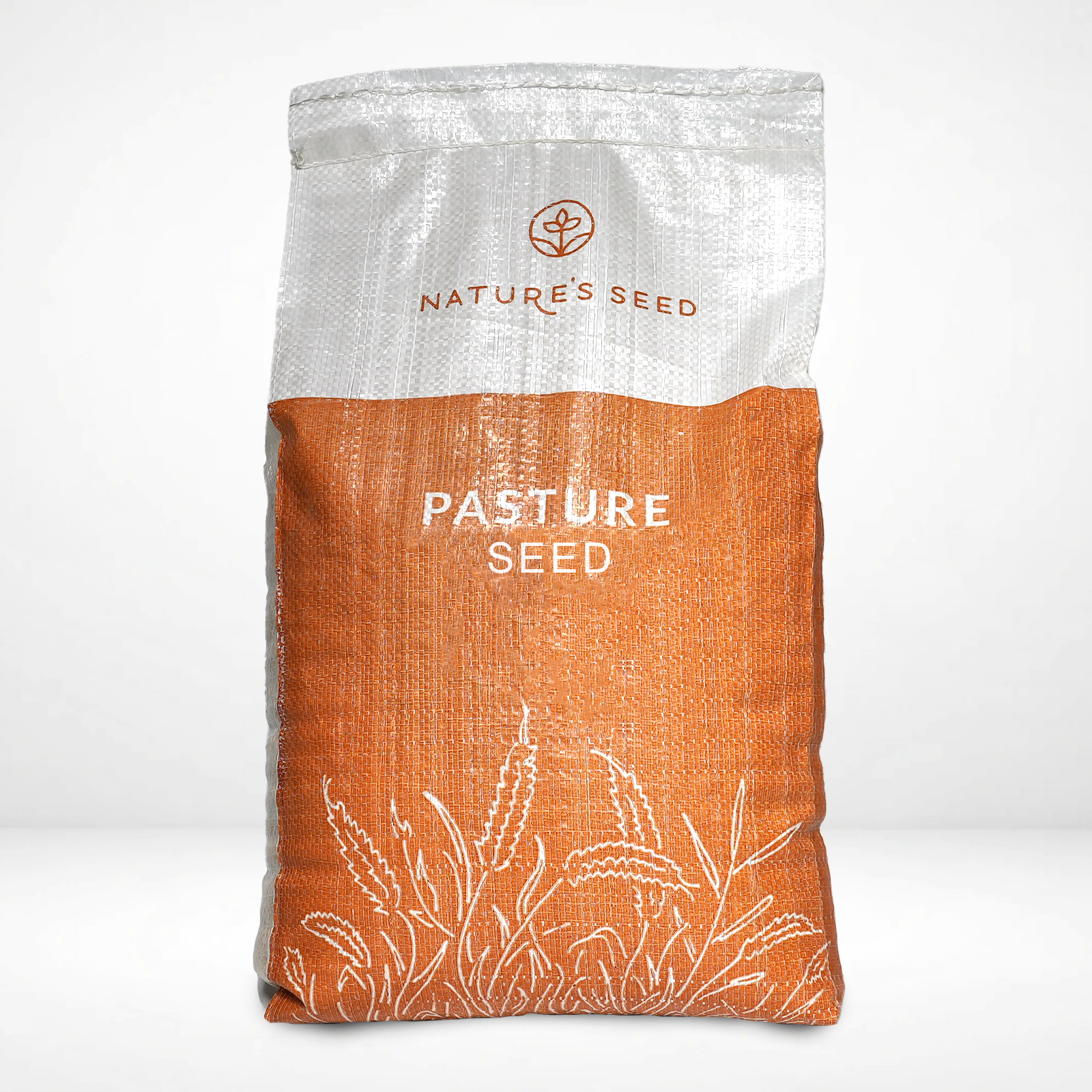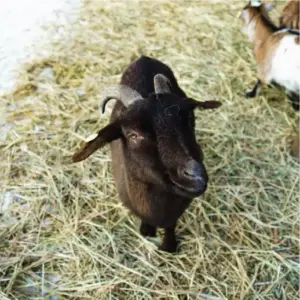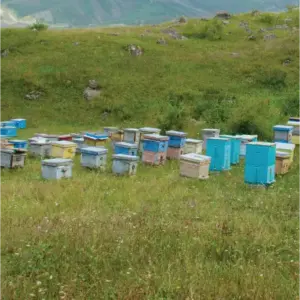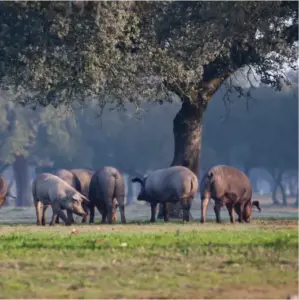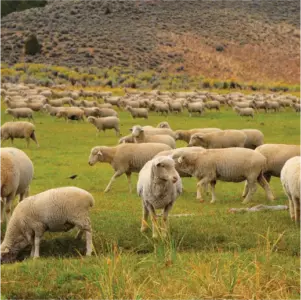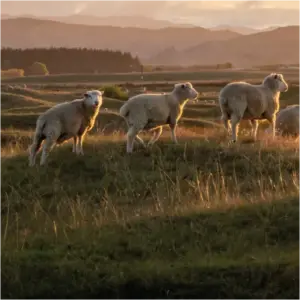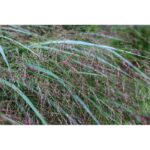
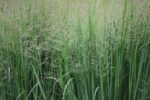
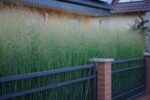
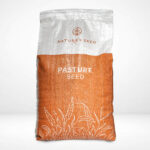
What is the Switchgrass?
Native warm-season Panicum virgatum (switchgrass) thrives in USDA Zones 3–9 (Great Plains to Southeast US). An exceptionally hardy, low-maintenance grass, it tolerates drought and poor soils while delivering high forage yields and dense cover. Use switchgrass for pasture forage, erosion control, prairie restoration, or ornamental clumps and fall color.
Specifications
Sun Requirement
Full Sun to Partial Shade
Soil Preference
Adaptable; favors loamy, sandy or clay soils
Soil pH
5.5–7.0
Time to Maturity
14-28 days
Height when mature
4–6 ft
Seeding Rate
6–8 lb/acre
Planting Depth
0.5–0.75 inch
Switchgrass
Panicum virgatum | SKU: PG-PAVI
- Cattle
- Poultry
- Goats
- Bison
- Alpaca/Llama
Does This Product Grow Well in Your Region?
Check your region
Select Quantity
Why Choose This Seed?

Drought Performance
Switchgrass’s extensive root system makes it highly drought-tolerant. According to PSU Extension, switchgrass thrives on a wide variety of soils, including dry or rocky sites, once established. This deep-rooted grass maintains productivity with minimal moisture, helping secure forage through dry spells.
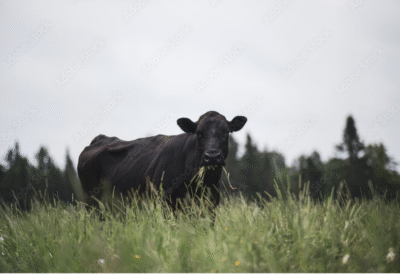
Grazing Resilience
Switchgrass is a valuable forage grass for cattle and other ruminants. It produces 4–8 tons of dry matter per acre in many regions. Grazing or hay should occur early in the season; Mississippi State recommends grazing switchgrass in spring, as it becomes unpalatable early in the summer if left too long. Managed with rotation and rest (4–6 week intervals), stands remain vigorous and productive.
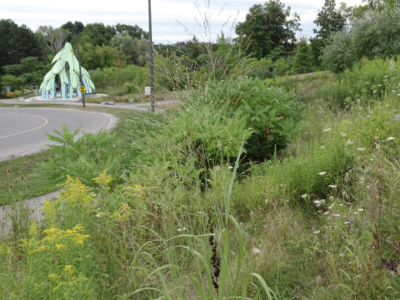
Wildlife/ Pollinator Habitat
Tall, dense switchgrass stands create excellent wildlife cover and food. In Kentucky research, 5–6 ft switchgrass provided crucial shelter for deer and wild turkeys and landing spots for grassland birds. Its seedheads feed songbirds, and residual stalks offer winter shelter.
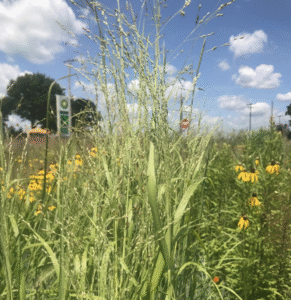
Compatibility with Wildflowers
Switchgrass fits well in prairie or conservation seed mixes. Its clumping habit leaves space for wildflowers to grow nearby, mimicking natural tallgrass prairie. Use it with native flowers to create diverse habitats; the grass provides structure and protection while flowers add color and nectar. Its moderate seed size means it can coexist with forbs without completely overrunning them.
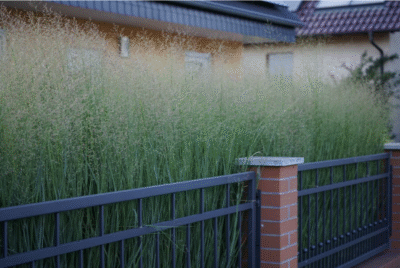
Ornamental/ Landscape Appeal
Switchgrass adds year-round interest to gardens. In summer, it bears airy pinkish-purple flower plumes rising above green foliage; in fall, the leaves turn golden-yellow and the dried seedheads persist through winter. These striking visual qualities, plus the rustling movement in the breeze, make switchgrass a popular ornamental. Leave clumps standing into late winter for texture and wildlife value.
Seed Description
Product Details
Sun/Shade
Full sun
Height
4–6 ft, can exceed 10 ft in ideal conditions
Seeding Rate
6–8 lb/acre
Uses
Agricultural Conservation, Cover Crop, Erosion Control, Habitat Restoration, Land Reclamation
Color
Foliage is gray-green to blue-green; in fall it turns golden-yellow.
Water
Foliage is gray-green to blue-green; in fall it turns golden-yellow.
Native/Introduced
Native to all US except California and the Pacific Northwest
Life Form
Warm-season perennial bunchgrass
Product Uses
Great foraging
Switchgrass is established as a forage for cattle and other ruminants. Its high biomass yields (4–8 tons/ac dry matter) provide abundant hay or pasture, especially under rotational grazing. While nutritive value is moderate, it extends the grazing season; graze in spring before it matures, or cut for hay mid-season. Its perennial nature means stands return each year, offsetting establishment cost with long-term forage.
Thick Foraging for Restoring Soil
The dense, fibrous roots of switchgrass make it ideal for soil stabilization. Planted on slopes, riparian buffers, or reclaimed lands, it prevents erosion by anchoring topsoil even under heavy rain. Its tolerance of marginal sites means it will establish on disturbed or degraded soil. As a deep-rooted grass, switchgrass helps build soil organic matter over time, further reducing surface runoff.
Beautiful landscape
Switchgrass serves as a low-input ornamental or meadow grass. It requires little fertilization and adapts to poor soils, making it perfect for naturalized garden areas, rain gardens, or as a screen/hedge. Its clumping habit and year-round structure (summer plumes, winter seedheads) provide visual interest without ongoing care. “Plant it once and enjoy it for years” – ideal for gardeners seeking a tallgrass prairie aesthetic with minimal upkeep.
Great for Pollinators and Wildlife
Beyond its forage value, switchgrass creates valuable habitat in fields and edges. Taller than many grasses, it forms shelter for upland game birds, rabbits, and deer. Songbirds feed on its nutritious seeds, and the grass’s bulk offers nesting cover. In conservation plantings, switchgrass is often included to reestablish prairie wildlife communities. Mixed management (e.g., partial fields left standing) can maximize bird diversity, as research shows switchgrass’s late fall residue is beneficial when not all biomass is harvested.
Questions & Answers
What is switchgrass and why is it planted?
Switchgrass (Panicum virgatum) is a native warm-season perennial grass of the tallgrass prairie. It is planted for many reasons: forage for livestock, soil conservation, wildlife habitat, and even bioenergy. Its adaptability to poor soils and ability to form long-lasting stands make it a favorite in conservation plantings. As UGA Extension notes, switchgrass can be grown throughout Georgia and most of the United States and is valued for both forage and wildlife habitat.
Is switchgrass good forage? Can my livestock graze it?
Yes, switchgrass makes a good forage crop for ruminant livestock (cattle, sheep, goats). It produces high yields of grass that livestock can graze or be cut for hay. However, its quality declines as it matures, so graze in the spring or make hay in early summer. Mississippi State Extension recommends grazing switchgrass early, noting it becomes unpalatable early in the summer if left too long. For best results, use rotational grazing and allow 4–6 weeks rest between grazing to maintain the stand.
How do I plant switchgrass seeds?
Plant switchgrass seed in late spring after the soil has warmed (soil temperature ~60°F). Ensure a firm, weed-free seedbed. Broadcast or drill seeds at about 6–8 lb/acre (4–6 lb/acre if drilled), covering them very shallowly (½–¾ inch deep). After planting, firm the soil (cultipack) to ensure seed-to-soil contact. Seedlings emerge slowly (often 2–3 weeks) and focus on root growth in year one, so patience is key – stands take 2–3 years to reach full potential.
How much water does switchgrass need?
Switchgrass is drought-tolerant once established. It can survive dry conditions far better than many cool-season grasses. During establishment, keep seedlings moist to help roots develop. After that, switchgrass can thrive on modest rainfall. It even tolerates wet soils better than many warm-season grasses. In most landscapes, occasional summer watering helps maximize growth, but switchgrass will persist with minimal irrigation in normal climates.
Any special grazing management tips?
To keep switchgrass productive, use managed grazing or timely harvests. As mentioned, graze or cut for hay early (May–June) to capture quality forage. After cutting or grazing, allow the grass to regrow for 4–6 weeks before the next rotation. Avoid grazing below 12 inches of stubble height. Because switchgrass is tall, it recovers well if not overgrazed. Also, note that while cattle and sheep do well on switchgrass, horses and other non-ruminants may be sensitive to panic grasses, so many sources caution using it for horse pastures.
Can I use switchgrass for landscaping or as a lawn alternative?
Absolutely. Switchgrass’s upright clumps and showy plumes make it popular in ornamental plantings and meadow gardens. It looks attractive from summer through winter, with pinkish-purple summer flowers and golden fall foliage. It’s deer-resistant and needs little care once established. Note, however, that switchgrass is not a turfgrass; it grows in clumps rather than forming a fine lawn. It’s best used in naturalistic borders, open spaces, or as an accent in mixed plantings.
Still have
questions?
Our planting experts
are here to help.
Call Us
801 770 4141
8 AM–5 PM
Monday–Friday
Reviews
Native warm-season Panicum virgatum (switchgrass) thrives in USDA Zones 3–9 (Great Plains to Southeast US). An exceptionally hardy, low-maintenance grass, it tolerates drought and poor soils while delivering high forage yields and dense cover. Use switchgrass for pasture forage, erosion control, prairie restoration, or ornamental clumps and fall color.
| Weight | N/A |
|---|---|
| Dimensions | 3 in |
| Sun/Shade | |
| Est Rate | |
| Texture | |
| Height | |
| Seeding Rate | |
| Uses | , , , , , , , |
| Color | , , , |
| Water | |
| Native | |
| Life Form | |
| Lowest price | |
| Pounds | , , , , |
| Coverage Area | , , |
